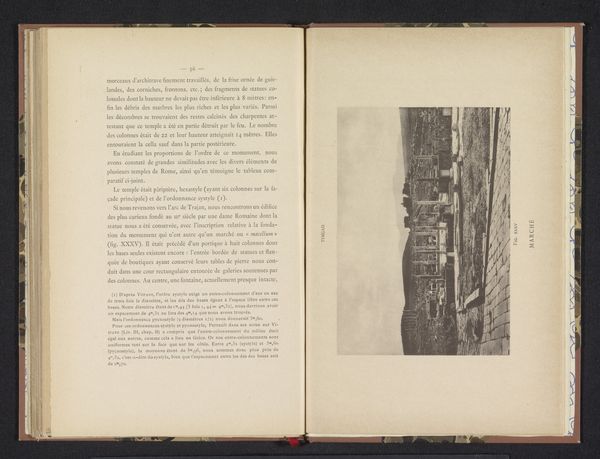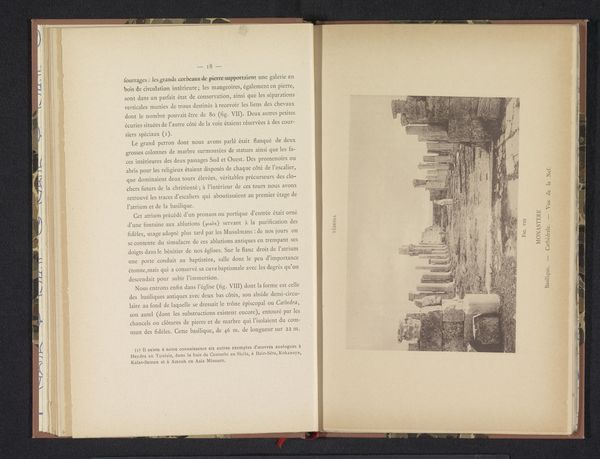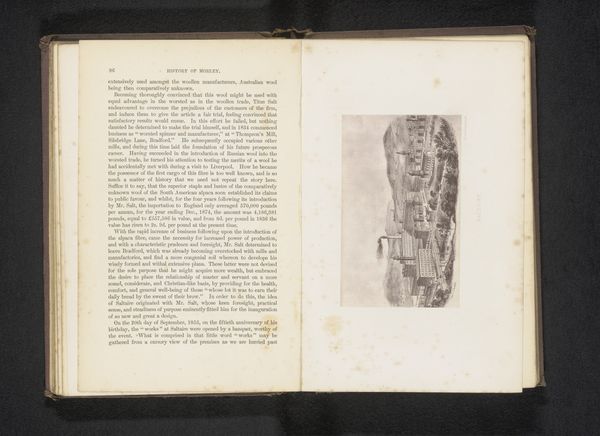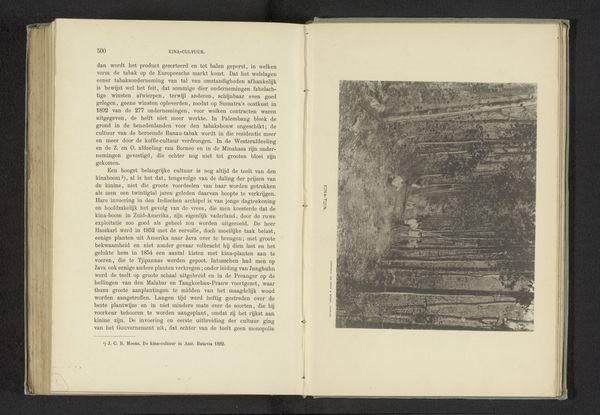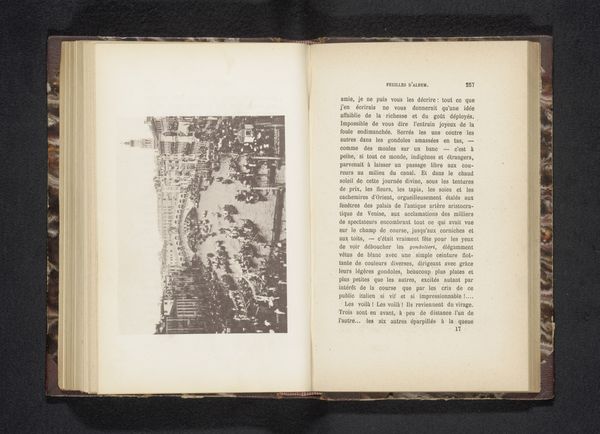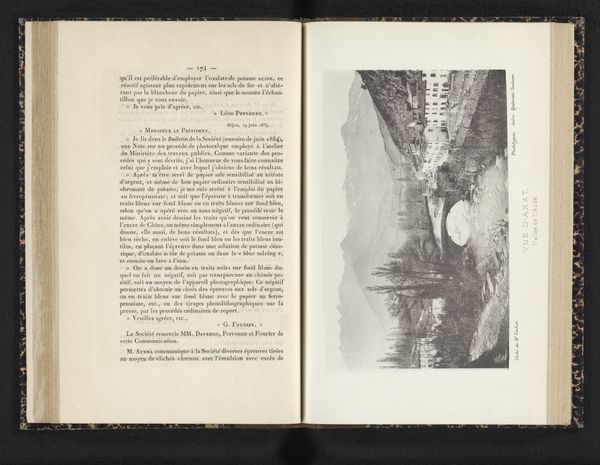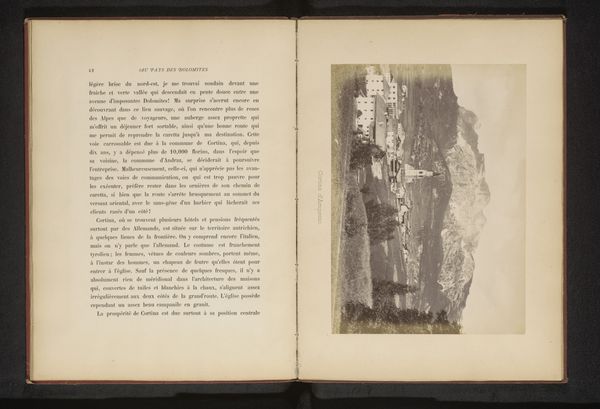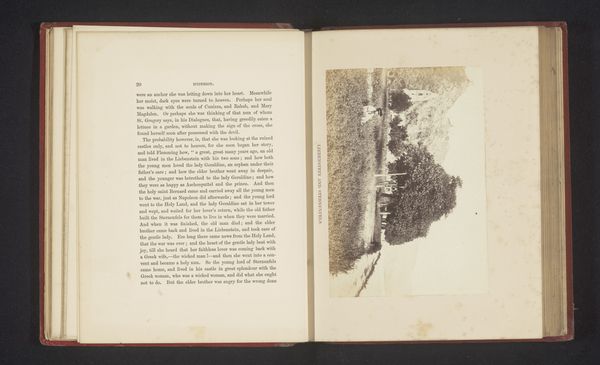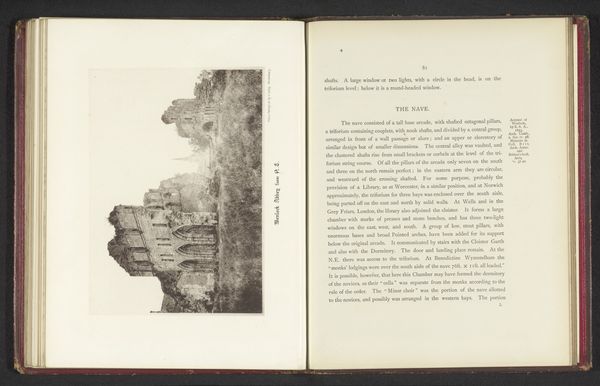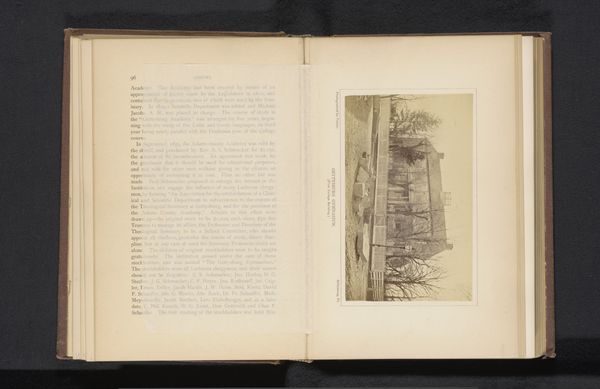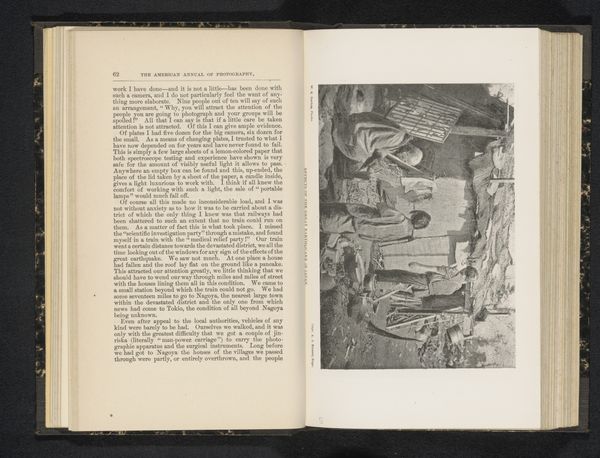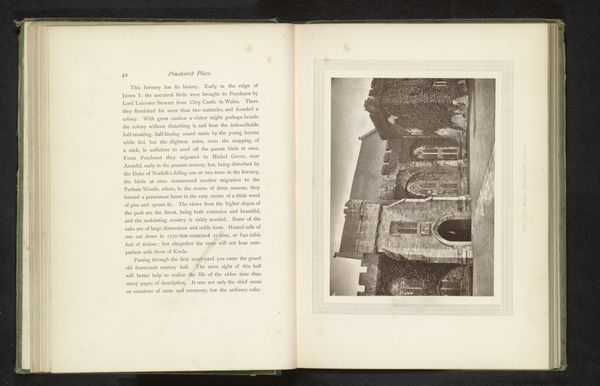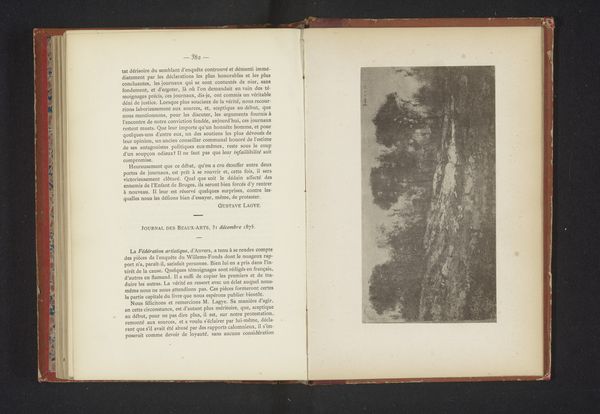
print, photography, architecture
# print
#
landscape
#
photography
#
ancient-mediterranean
#
watercolor
#
architecture
Dimensions: height 160 mm, width 248 mm
Copyright: Rijks Museum: Open Domain
Curator: This black and white print showcases Roman ruins in Algeria. Dating from before 1894, it's entitled "Romeinse boog en een mausoleum bij Lambaesis in Algerije" Editor: A stark presentation. The heavy stonework against the blank sky conveys a sense of immense loss, like teeth pulled from the landscape. There’s a profound melancholy. Curator: Given that context, the focus on architectural remnants evokes reflection on the rise and fall of empires, Roman colonization, and the power dynamics between colonizer and colonized. It really calls out the act of photographing and documenting such sites. Editor: The arch itself, repeated twice in the image, becomes a potent symbol. Arches traditionally represent triumph and passage. Yet here, in ruins, does the visual language invert, signifying lost glories and perhaps the inevitable decay of power structures? The artist really invites one to interpret its meanings. Curator: Lambaesis, you see, served as a Roman military camp. Thinking through it, the ruins aren’t just stones but stand-ins for Roman authority, military control, and ultimately, cultural imposition. Photography, particularly then, played a key role in reinforcing this dominance through documentation and visual consumption. It certainly resonates even now. Editor: It does. Beyond its historical weight, I’m struck by its formal qualities. Note how the images’ linear precision highlights texture of crumbling stone. They evoke a palpable sense of absence, of voices silenced beneath layers of history. Curator: Precisely, there's a palpable silence within these images. The medium of photography, in that time period, wasn't about capturing a snapshot, it was used more like archaeology or almost forensic reporting. So, considering the period, the artist chose very telling objects to present. Editor: It is fascinating how images of such imposing architectural vestiges transform with context into elegies. These prints seem charged with both pride in a lost empire and recognition of human fragility. It gives one pause, certainly.
Comments
No comments
Be the first to comment and join the conversation on the ultimate creative platform.
